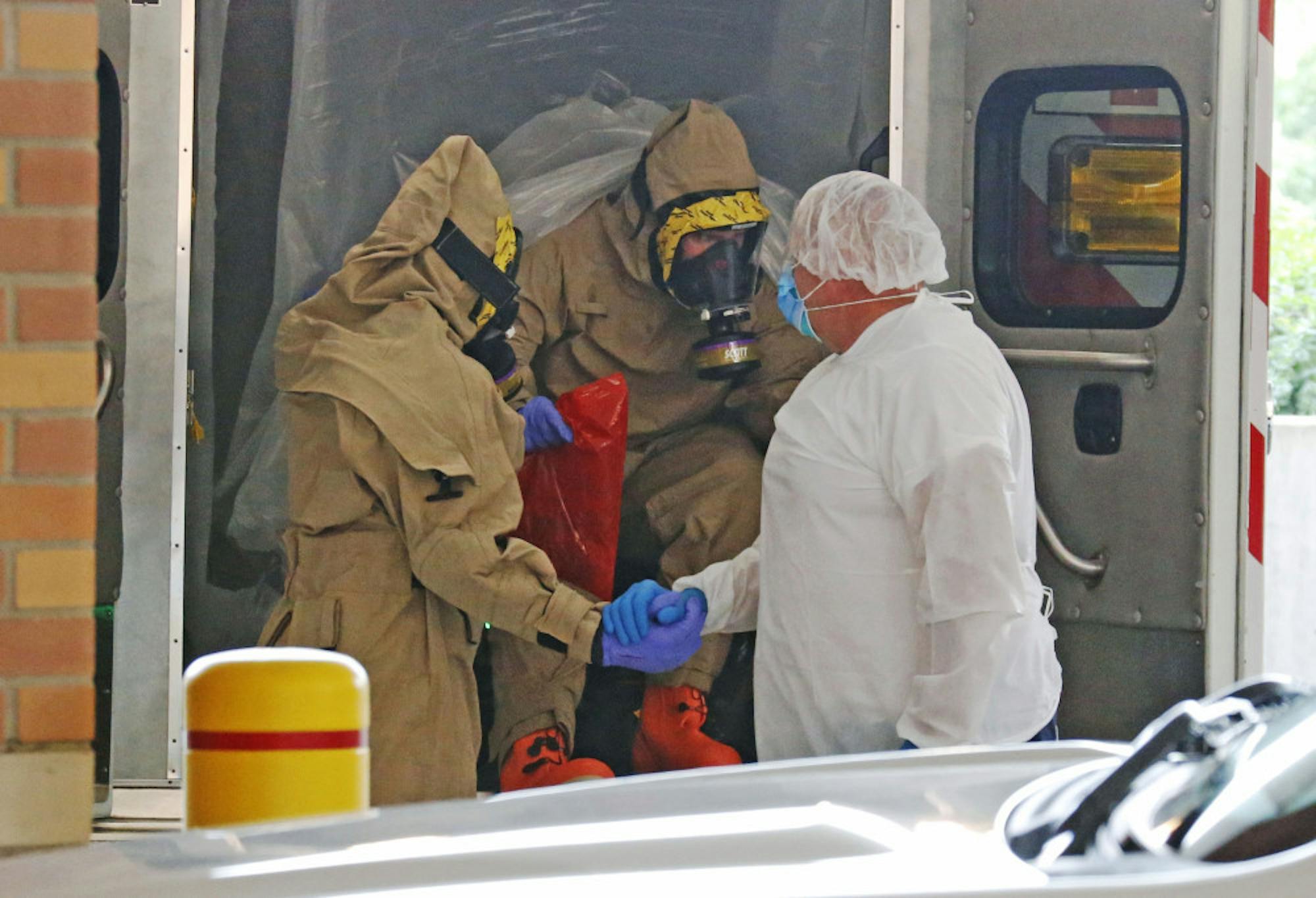Almost 100 members of the Tufts community, mainly undergraduate students, participated in a hand-washing study over a 28-day period in October and November for research in ebola outbreak prevention.
According to first-year Ph.D. student Marlene Wolfe, who is working on the study, the purpose of the research is to determine what kind of soap or other washing substance is most effective in preventing the outbreak of ebola. Many such outbreaks occurred as a result of the ebola epidemic in West Africa last year. The study is run by Daniele Lantagne, the Usen family career development assistant professor and assistant professor in the Department of Civil and Environmental Engineering.
Wolfe, who is studying environmental health in the Department of Civil and Environmental Engineering, explained that international organizations disagree about whether to use chlorine, hand sanitizer or soap as a hand-washing substance in communities that are vulnerable to an outbreak.
“[International organizations] actually contradict each other [about this], so we wanted to do a study to see what happens if we ask people to wash their hands using these different methods," Wolfe said.
According to Wolfe, 108 participants signed up for the study and 91 completed it. Participants were put into one of six groups. They either washed their hands with soap and water, hand sanitizer or one of four different chlorine solutions, each containing .05 percent chlorine.
However, participants were not told what compounds were in the chlorine solutions, and those who received a chlorine solution instead referred to it by its color, i.e. green chlorine, red chlorine, etc., according to study participant Kyle Lui.
Lui, a first-year, said that he received the green chlorine solution in the study.
“I have no idea what was in it, and my hands smelled bad," he said. "It made my hands dry.”
Wolfe said that none of the hand-washing methods employed in the study posed any risks to participants, she said.
“There’s just some disagreement over how appropriate they are for an ebola context," she said.
First-year Shaan Merchant, who also participated in the study, said participants were told to wash their hands 10 times each day, as well as to go into the study’s lab every day for 28 days to have their hands inspected and to take a survey.
Participants were also told not to use any other products that they would normally put on their hands, such as lotion, shampoo or conditioner, in order to ensure that any observed affects on their hands were not caused by different products they were using, Wolfe said.
“I’m not sure who uses what products at home and what impact it might have on their skin, so by controlling that, we were able to compare these groups directly to each other,” she said.
Participants were all given the same soap, shampoo, conditioner and vaseline product, in order to homogenize the results, according to Merchant.
“They gave us gloves in case we had to put on shaving cream or something like that,” he said.
This study was part of a larger study funded by the U.S. Agency for International Development (USAID) and the Office of Foreign Disaster Assistance (OFDA), an organizational unit within USAID, according to Wolfe. The larger study aims to determine the best hand-washing methods to implement in medical care facilities and in a general community during an outbreak.
Participants were given $600 each for completing the study at Tufts, which was funded by a $500,000 grant from USAID and OFDA, Wolfe said. She explained that the grant covered both this study and other studies related to disinfection and the ebola virus.
According to Wolfe, participants were paid hundreds of dollars for their participation because the study was time-intensive and involved significantly regulating one's behavior. She said she believes that people were drawn to the study for more than just the money itself.
“I think a lot of people did it because they were also really interested in what we were doing," she said. "I’m really excited to be able to share the results with our subjects when they come out, because it’s so exciting to see something that you were a part of."
Wolfe said she is excited to analyze the results of the study soon.
“We know that there are a lot of people who are anxious to hear about what we’ve discovered,” she said.
Hand-washing study to research substances effective in preventing ebola outbreak

A patient transported from Frisco, Texas, with concerns of possible exposure to ebola, arrives at the emergency room entrance of Texas Health Presbyterian Hospital in Dallas on Oct. 8, 2014.





